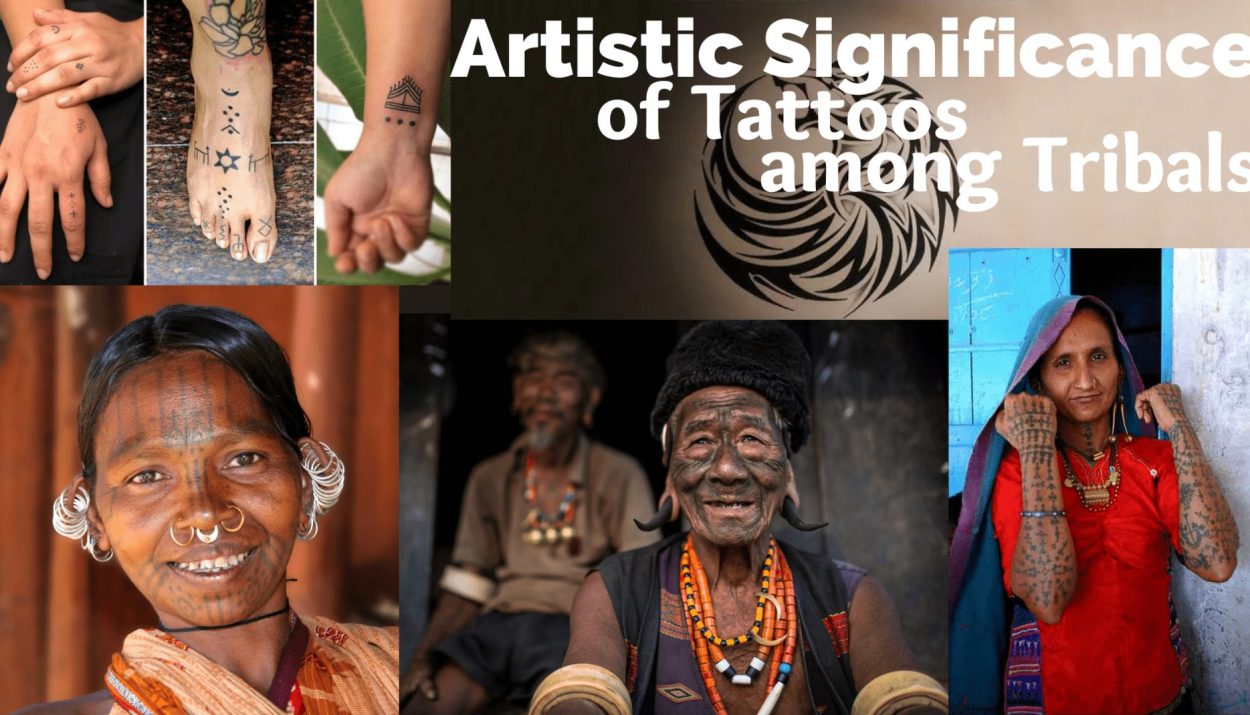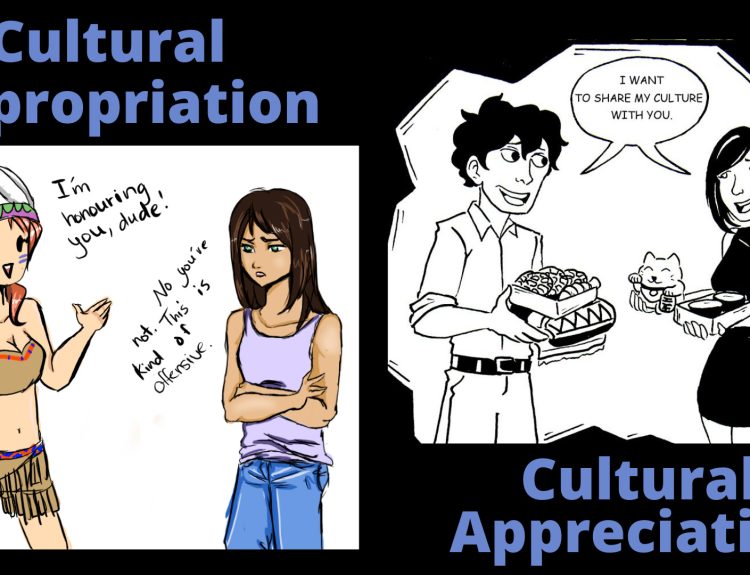Tattoos are one of the most distinctive and recognizable forms of body art across the world. While tattoos are popular among people of all ages and cultures, they hold a special place among tribal communities. For these communities, tattoos are not just a form of self-expression, but they are a way of life. In this article, we will explore the artistic significance of tattoos among tribal communities.
Tattoos have a long and rich history in many tribal communities. In fact, tattoos have been used by these communities for thousands of years to symbolize everything from social status to spiritual beliefs. Among some tribes, tattoos were seen as a rite of passage, marking important milestones in a person’s life. Tattoo designs serve as a form of language, used to convey stories and messages. Stories about ancestors, philosophies, beliefs, way of life etc.
Tattoos are also seen as a way of connecting to one’s cultural roots. For many tribal communities, their tattoos are a visible representation of their cultural heritage, and they take great pride in the intricate designs and patterns that adorn their bodies. In some cases, these tattoos may even be considered sacred, and are given only to those who have demonstrated their worth through certain rituals or acts of bravery.
In many tribal communities, tattooing is not just a means of self-expression, but it is a sacred art form. Tattoo artists in these communities are highly respected, and their skills are passed down from generation to generation. Traditional tattooing methods often involve using natural dyes and hand-carved tools, resulting in unique and intricate designs.
The Cultural Significance of Tattoos Among Tribals in India
Tattooing has been a prevalent tradition in India for centuries, used to distinguish and separate various groups. The customs and types of tattoos vary among the different communities and tribes, reflecting the diversity of cultures throughout the country. They call the process “Godna”.
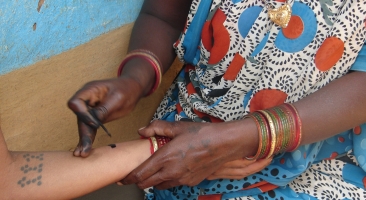
For hundreds of years, the tradition of tattooing different groups was common across the length and breadth of India. As diverse as the cultures in our country are, so are the customs and types of tattoos that each community or tribe uses to mark themselves.
Tattoos have a deep cultural significance in India, especially among tribal communities. These tattoos are not just a form of body art, but they hold a great deal of significance in terms of tradition, identity, and spirituality. Tattooing among Indian tribal communities is a highly skilled and respected art form. Traditional tattooing methods involve using natural materials, such as soot, charcoal, natural dyes, and hand-carved instruments to create intricate designs on the skin.
Tattoos have been a part of India’s tribal culture for centuries. Through the preservation of traditional tattooing techniques and designs, tribal communities are able to pass on their cultural heritage to future generations and ensure that their traditions continue to be valued and celebrated. For many tribal communities, tattoos are a symbol of identity, signifying their tribe, clan, or family. These tattoos also serve as a means of self-expression, representing a person’s personality, beliefs, and experiences.
The symbolism of tribal tattoos in India
Tribal tattoos in India are deeply symbolic, with each design representing something significant. For examples-
Tattoos also play a significant role in tribal rituals and ceremonies. For example, among the Konyak tribe of Nagaland, tattoos are part of a rite of passage into adulthood. Young men and women undergo a tattooing process that marks their entry into adulthood and signifies their readiness for marriage.
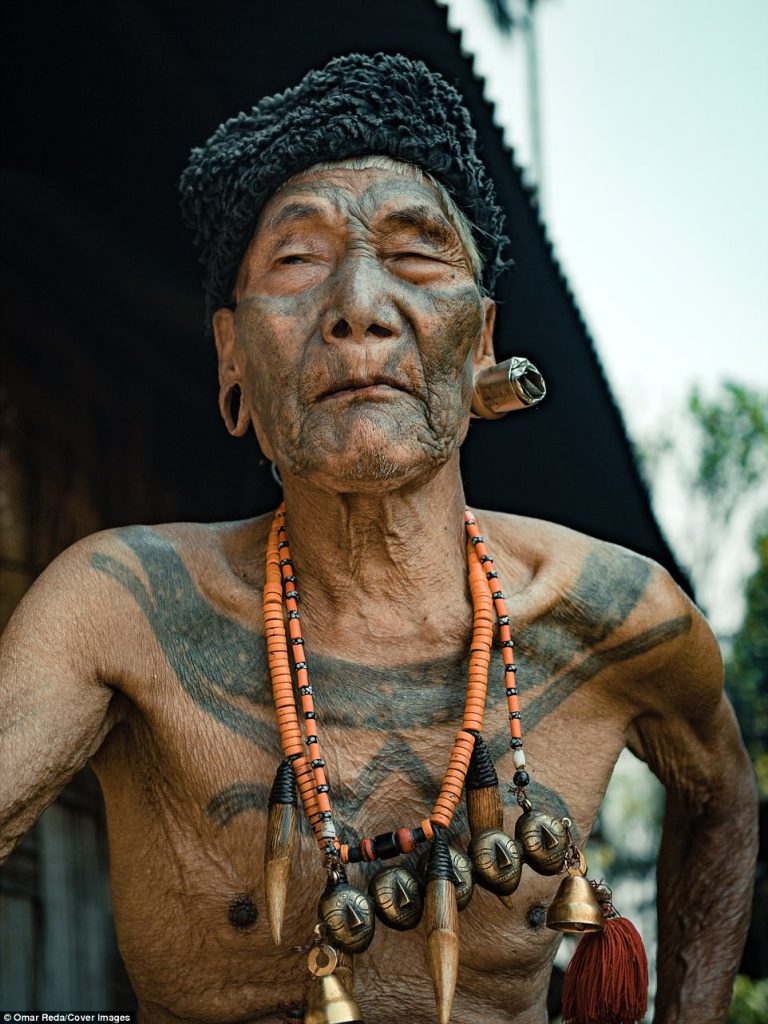
The Bhil tribe has tattoos that represent their gods and goddesses, while the Rabaris of Gujarat have tattoos that symbolize their nomadic lifestyle.
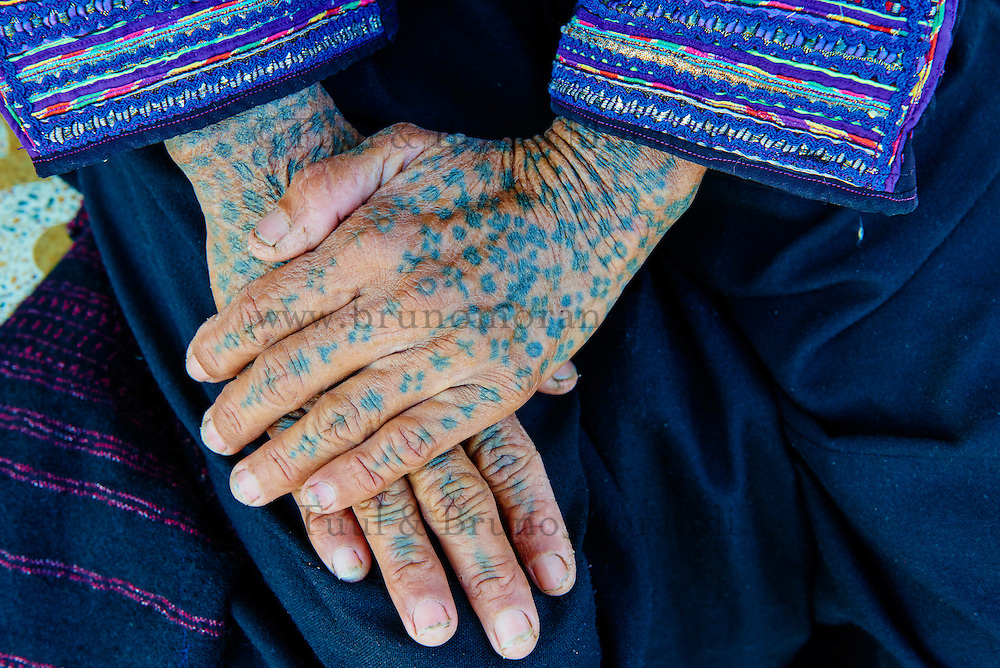
The Gonds of Madhya Pradesh have tattoo designs that depict the sun, moon, and stars, symbolizing their connection to nature and the universe.
In Baiga culture, tattooing holds significant importance, as each occasion and body part corresponds to a specific tattoo. This means that people of all ages have a designated tattoo that is unique to their particular circumstances. The Baiga women of central India tattoo their entire bodies as the process prepares them for motherhood and to face the challenges of life. In some tribes, tattoos are also considered a tool to disfigure women to protect them from sexual predators.
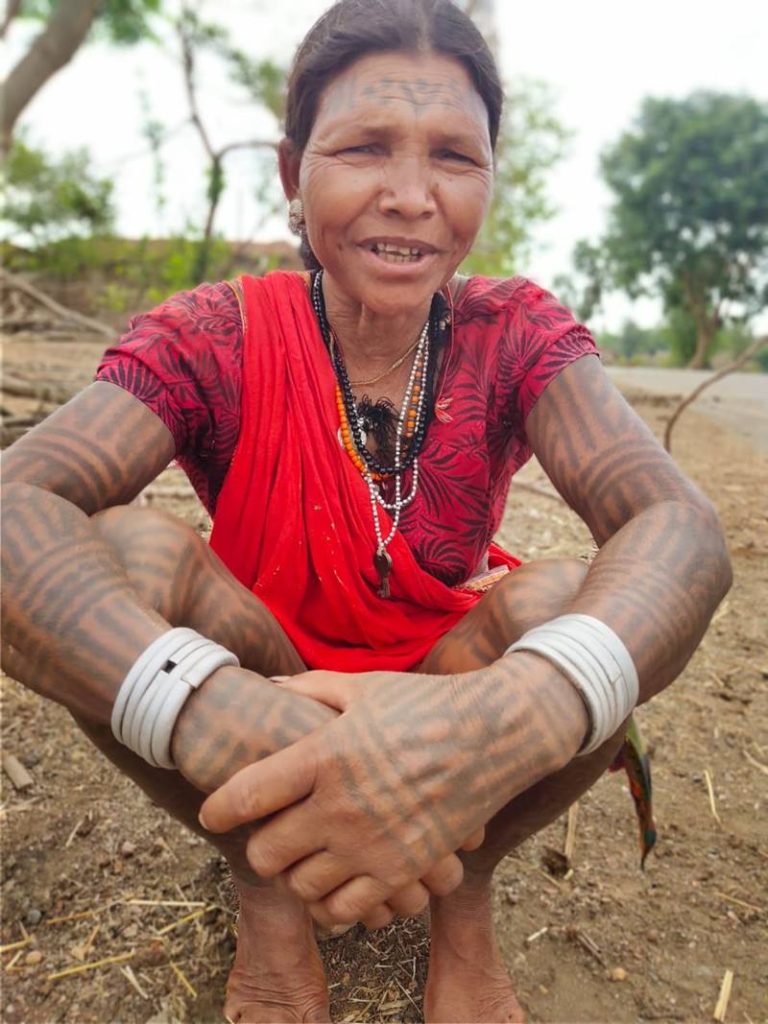
In the Apatani tribe of Arunachal Pradesh, young women are given plug noses and tattoos to make them unattractive to rival tribal leaders who might abduct them.
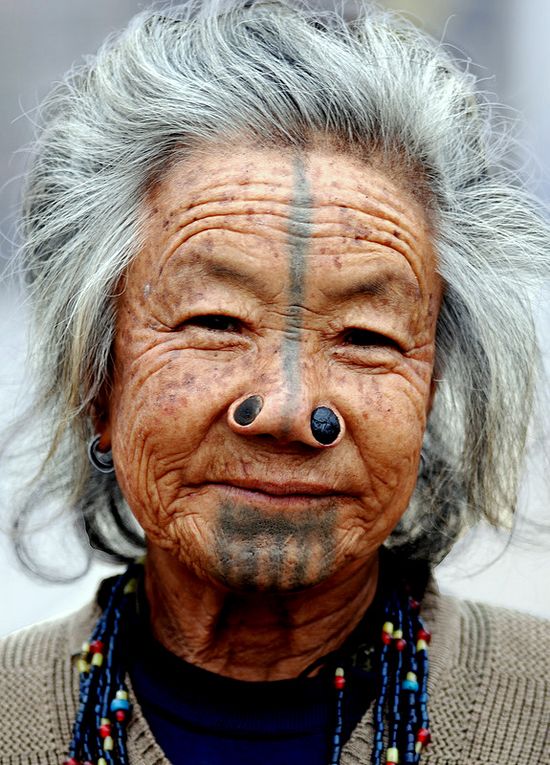
Women in the Kutia Kondha tribe of Odisha have beautiful ink lines on their faces so that they can find and identify each other after their souls leave.
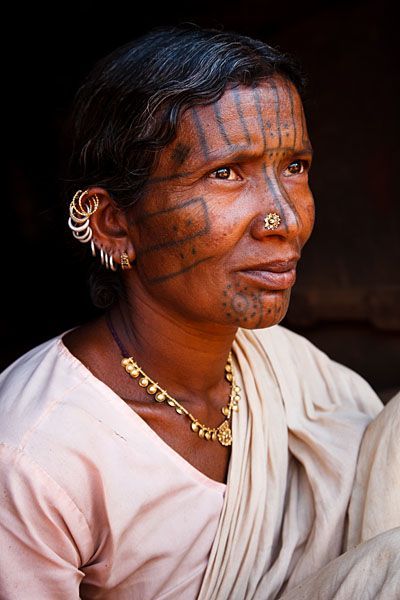
The Dhanuk from Bihar uses tattoos as caste markings to protect themselves from the attack of upper-caste people.
Conclusion
Tattoos in India are not only considered an important part of beauty but also hold spiritual significance for the tribals. Tattoos show the richness of the culture.
While modern methods of tattooing have become more widely available in India, traditional tribal tattooing techniques and designs are highly prized and respected. Many tribal communities are working to preserve and pass on their tattooing traditions to future generations. Some NGOs are also working to promote and support tribal tattoo artists, ensuring that their skills and artistry continue to be valued and recognized.
Also read-
How normalizing different from annealing?


